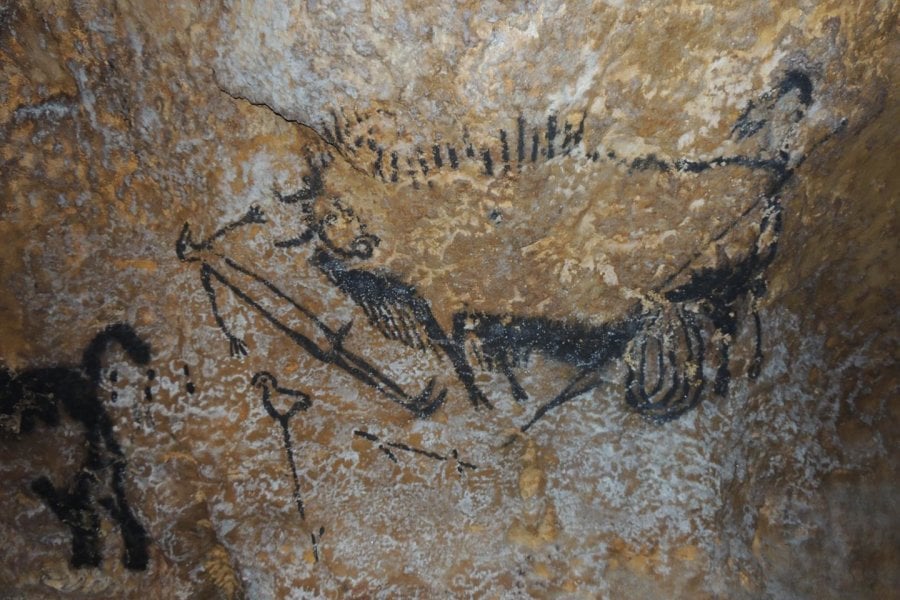Art World
New Analysis of Cave Art Suggests That Prehistoric Humans Had Sophisticated Knowledge of Astronomy
The paintings appear to reflect the position of the stars in the night sky.

The paintings appear to reflect the position of the stars in the night sky.

Sarah Cascone

What if prehistoric cave art didn’t depict animals, but constellations? That’s the new theory put forth by researchers who claim that ancient humans possessed a sophisticated understanding of the heavens, and used animal imagery representing the constellations to record dates based on the changing position of the stars in the night sky.
The paper, published by Martin B. Sweatman and Alistair Coombs in the Athens Journal of History, contends that early humans were aware of the precession of the equinoxes as early as 40,000 years ago. Previously, it was believed that this phenomenon, which sees our view of the stars change over the course of the year based on the gradual shift of Earth’s rotational axis, was first discovered many thousands of years later around the 2nd century BC, by Ancient Greece’s Hipparchus.
“Early cave art shows that people had advanced knowledge of the night sky within the last ice age. Intellectually, they were hardly any different to us today,” said Sweatman, of the University of Edinburgh’s School of Engineering, in a statement.
Sweatman and Coombs developed their findings by comparing ancient cave paintings, analyzed with radiocarbon dating, with estimates of where the constellations would have appeared in the sky at the time, using the software Stellarium to model the precession of the equinoxes. Across Paleolithic and Neolithic sites in Turkey, Spain, France, and Germany, they found that the animal drawings all seemed to reflect a consistent method of date-keeping.

Göbekli Tepe archaeological site. Photo courtesy of Teomancimit via Wikimedia Commons.
The study found that many paintings could be dated to important astronomical events, such as comet strikes, likely depicted in the Vulture Stone carving from the ancient Turkish site Göbekli Tepe—a strike from 10,950 BC—and the Lascaux Shaft Scene in France from 15,200 BC. Even the world’s oldest known sculpture, the Lion Man of Hohlenstein-Stadel, which is 40,000 years old and from Southern Germany, appears to support the article’s zodiac-based hypotheses, as an early rendering of the Leo zodiac sign.